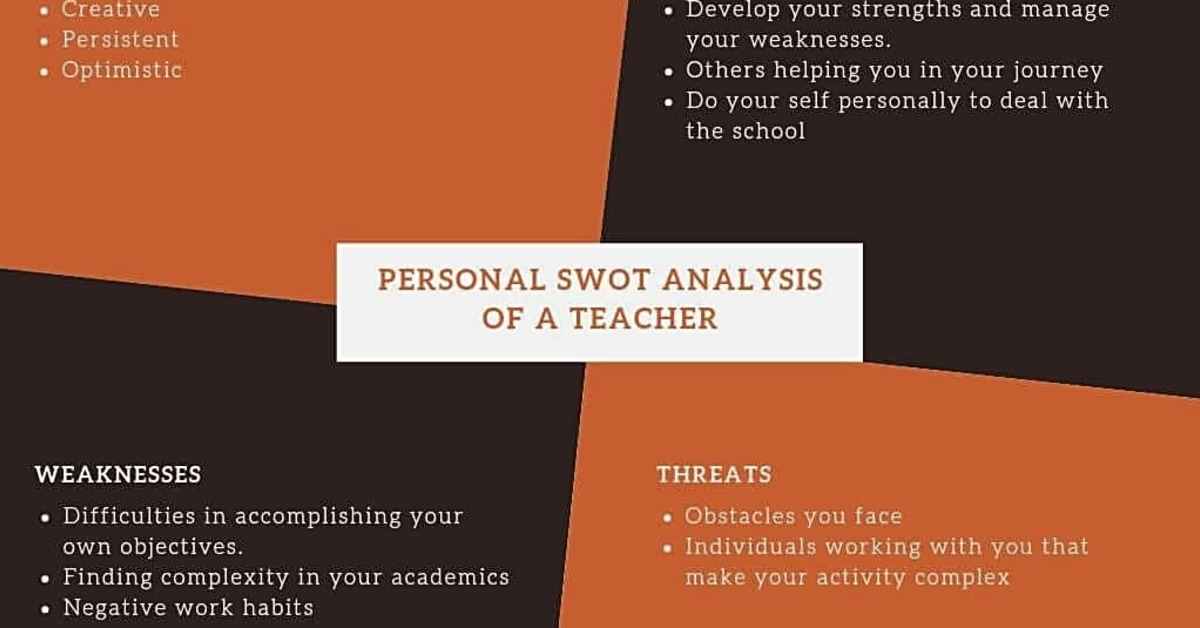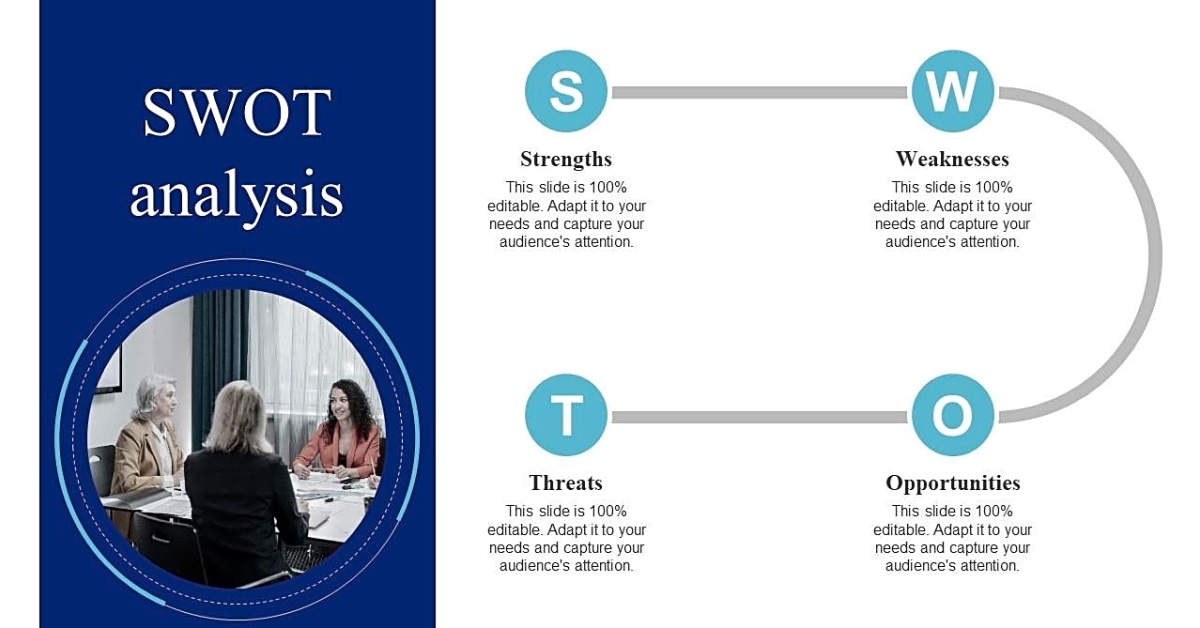Are you tired of using the same generic SWOT analysis for your business? Do you feel like it’s not giving you the detailed and specific insights you need? If so, you’re not alone. Many companies face the limitations of SWOT analysis, especially when it comes to lack of specificity. In this article, we will discuss how you can make your SWOT analysis more detailed and specific, overcoming these limitations and gaining valuable insights for your business. So if you’re ready to take your SWOT analysis to the next level, keep reading!
To start, it’s important to have a clear understanding of what a SWOT analysis is and why it’s beneficial. A SWOT analysis is a strategic planning tool used to evaluate the strengths, weaknesses, opportunities, and threats of a business or individual. It helps to identify areas of improvement and potential risks. To make your SWOT analysis more detailed and specific, it’s important to consider the following points:
1. Identify your goals: Before conducting a SWOT analysis, it’s crucial to have a clear understanding of your goals. This will help you focus on the right aspects and gather relevant information.
2. Be specific: Instead of using broad terms, try to be as specific as possible when identifying strengths, weaknesses, opportunities, and threats. This will help you pinpoint areas that need improvement or further development.
3. Use data: Incorporating data into your SWOT analysis can add credibility and support your findings. This could include market research, customer feedback, or financial data.
4. Consider different perspectives: It’s important to gather input from different sources, such as team members, customers, and industry experts. This can provide a well-rounded view of your strengths, weaknesses, opportunities, and threats.
5. Prioritize: After identifying all factors, it’s important to prioritize them based on their impact and likelihood. This will help you focus on the most important areas for improvement and development.
For individuals searching for information on SWOT analysis, understanding how to make their analysis more detailed and specific can greatly benefit their business or personal development. By following these tips and utilizing tools like goal setting worksheets and data analysis templates, you can conduct a thorough and specific SWOT analysis. This will ultimately lead to better decision making, increased efficiency, and overall success in achieving your goals.
Making Your SWOT Analysis Specific
When conducting a SWOT analysis, it’s important to not only identify your strengths, weaknesses, opportunities, and threats, but to also make them as specific as possible. This will allow for a more thorough understanding of your organization and where improvements can be made.
Here are some tips for pinpointing areas of improvement:
- Utilize data and metrics: Instead of making general statements, use data and metrics to back up your strengths and weaknesses. This will provide a more accurate and specific view of your organization.
- Consider multiple perspectives: When identifying opportunities and threats, consider different perspectives such as your customers, competitors, and industry trends. This will help you identify potential areas for improvement that you may have overlooked.
- Be specific with action items: When creating action items based on your SWOT analysis, be specific with what needs to be done and who is responsible for each task. This will ensure that improvements are actually implemented.
By following these tips, you can make your SWOT analysis more detailed and specific, allowing for a more effective analysis of your organization. Remember, the more specific your analysis is, the better equipped you will be to make improvements and drive success.
Conducting a Detailed SWOT Analysis
When conducting a SWOT analysis, it is important to gather and evaluate information from various sources to ensure a thorough and accurate assessment. This involves identifying both internal and external factors that can impact the organization or individual being analyzed.
One way to gather information for a SWOT analysis is by conducting research on the industry or market in which the organization operates. This can provide insights into current trends, competitors, and potential opportunities and threats. Additionally, gathering data from customers, employees, and other stakeholders through surveys or interviews can provide valuable perspectives on the organization’s strengths and weaknesses.
After gathering information, it is important to evaluate its relevance and significance to the SWOT analysis. This can involve using tools such as SWOT matrices or prioritization grids to rank the importance of each factor. It is also helpful to consider the impact and likelihood of each factor in order to focus on the most critical issues.
In addition to gathering and evaluating information, it is important to be objective and open-minded when conducting a SWOT analysis. This means considering both positive and negative factors, as well as potential biases or blind spots that may influence the assessment.
By following these steps, individuals can conduct a detailed SWOT analysis that provides a comprehensive understanding of their organization or personal situation. This will enable them to make more informed decisions and take strategic actions to improve their overall performance.
Using Tools and Frameworks
One of the best ways to enhance your SWOT analysis is by using tools and frameworks designed specifically for this purpose. These tools can help you organize and structure your analysis, making it more detailed and specific. Here are some of the most useful tools and frameworks for conducting a thorough SWOT analysis:
- SWOT Analysis Templates: These templates provide a structured format for conducting a SWOT analysis and can be easily found online. They include sections for identifying strengths, weaknesses, opportunities, and threats, allowing you to clearly outline each aspect of your analysis.
- PESTEL Analysis: This framework helps you analyze the external factors that may impact your business or personal development. It stands for Political, Economic, Social, Technological, Environmental, and Legal factors and can provide valuable insights for your SWOT analysis.
- Porter’s Five Forces: This framework helps you assess the competitive forces in your industry or market. By understanding these forces, you can identify potential threats and opportunities for your business or personal development.
- TOWS Matrix: This tool helps you identify strategic options based on your SWOT analysis. It stands for Threats, Opportunities, Weaknesses, and Strengths and can guide you in developing action plans to capitalize on your strengths and opportunities while addressing your weaknesses and minimizing threats.
By utilizing these tools and frameworks, you can enhance your SWOT analysis and make it more detailed and specific. They provide a structured approach to analyzing your strengths, weaknesses, opportunities, and threats, ensuring that no aspect is overlooked or underrepresented.
In conclusion, conducting a detailed and specific SWOT analysis can greatly benefit businesses and individuals. By following the tips and utilizing tools and frameworks, you can gain a better understanding of your strengths, weaknesses, opportunities, and threats. This will allow you to make more informed decisions and improve your overall performance.

